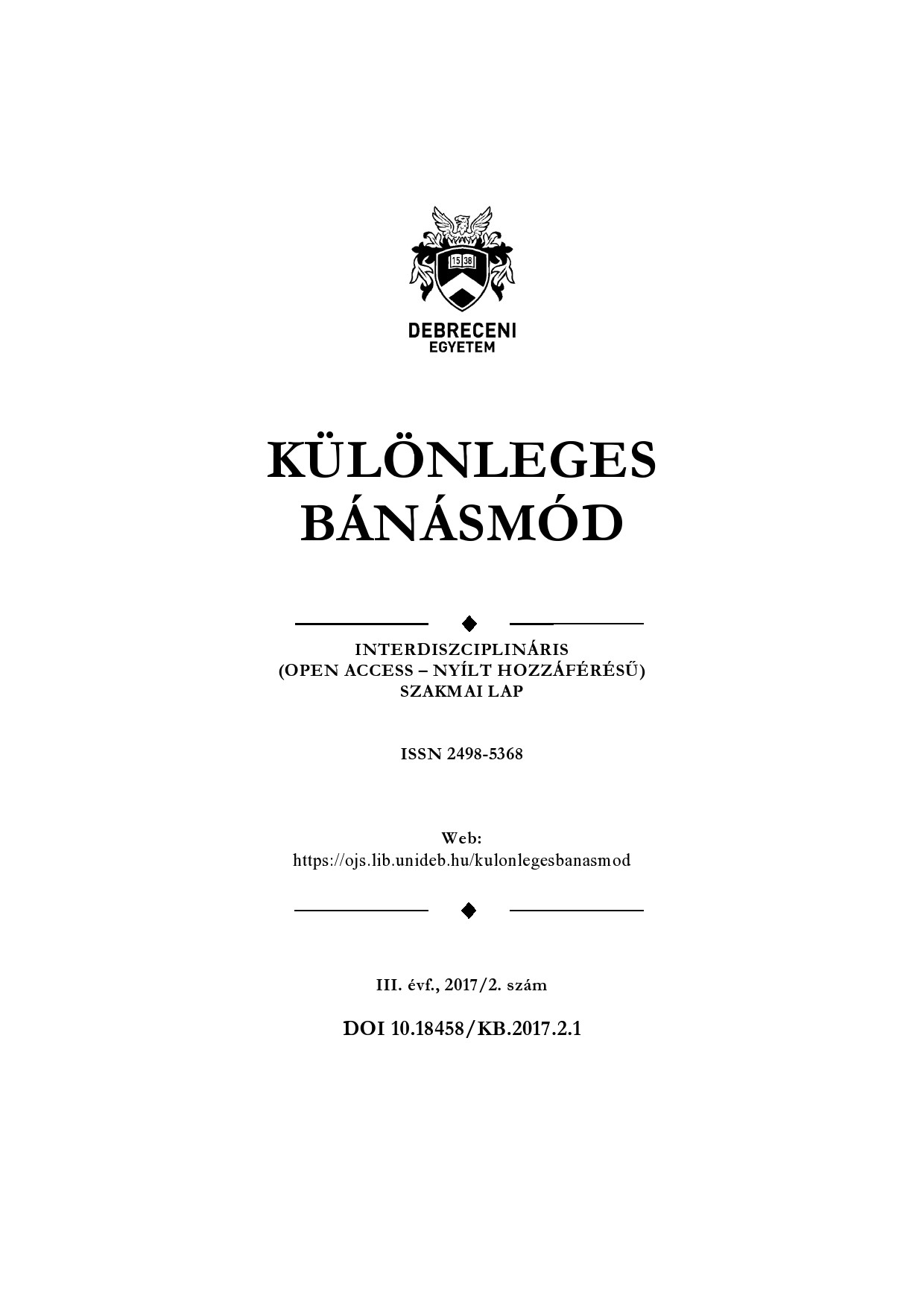XAMINATION OF READING SKILLS IN PATIENTS WITH APHASIA USING THE THREE-WAYS READING TEST
Authors
View
Keywords
License
Copyright (c) 2017 2017

This work is licensed under a Creative Commons Attribution-NonCommercial-NoDerivatives 4.0 International License.
How To Cite
Abstract
Aphasia is an acquired disorder of previously intact language ability that can affect both oral and written language (Osmanné, 1997, Gósy, 2005). Whilst there are a few fairly useable methods available that can provide a global and true picture of the patient’s linguistic abilities in oral language (Osmanné, 1983, 2007), there is only one assessment method in use in Hungarian for measuring the reading skills and it is a part of the Western Aphasia Battery (Net 1). This assessment does not enable unambiguous interpretation at several points, the scoring method is sometimes not clear and most importantly the results do not mirror the patient’s performance that had been previously observed. This is why we have decided to develop a new diagnostic test.
Our investigation of the reading process in aphasia is based on Ellis and Young’s theory of the dual-route model (Ellis, 2004). Our aim was to assess the patients’ performance in each reading process (route) so a therapy method can be created that is based on the intact reading process and supports the recovery of the damaged routes.
The data for our pilot study were collected from patients who had both motor and sensory disturbances with motor dominance. The use of our testing method was smooth and easy in practice. The results confirm that the method is suitable to use in measuring the performance on different reading routes that can give guidance in designing the treatment approach.


 https://doi.org/10.18458/KB.2017.2.87
https://doi.org/10.18458/KB.2017.2.87